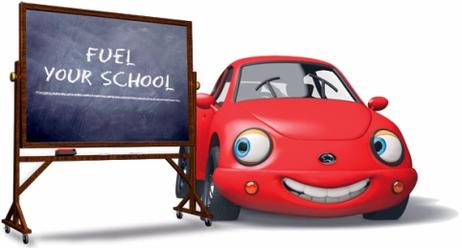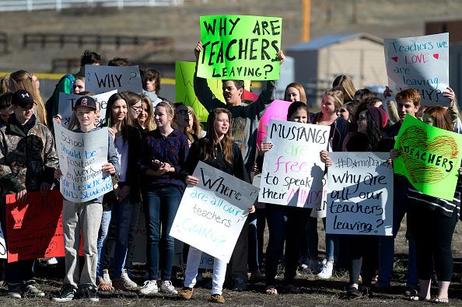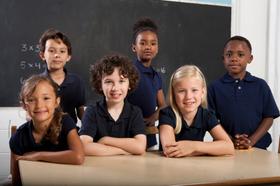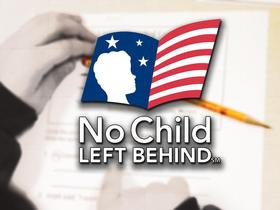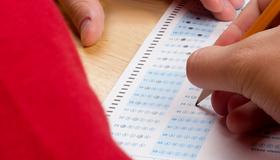Schools across the country continue to try to do more with less, and budgets are squeezed and classroom sizes begin to bulge. Funding from any source is a welcome relief, and in Utah and California, that help comes from an unlikely source – the gas pump. The Fuel Your School program launched by Chevron in both Utah and California was a big success last year, and this year, the company and the schools involved with the program hope to see the same positive results.
What is Fuel Your School?
Fuel Your School is a program introduced to California and Utah communities by Chevron and DonorsChoose.org. This large company and non-profit organization are teaming up to provide teachers with much-needed supplies for the classroom. The focus of the funding is on STEM learning, so additional money typically goes to help science, technology, engineering, and mathematics-related projects. However, other types of projects are also eligible for funding from this program.
The premise of the program is relatively easy – to raise money for your school, simply fill your gas tank at one of the participating Chevron stations during the month of October. For every eight gallons of gas you purchase, Chevron donates $1 to the school. Last year, the initial launch of Fuel Your School in California raised more than $850,000 for the schools in the California communities, according to the Sacramento Bee.
Helping Schools in California and Utah
According to the Fuel

